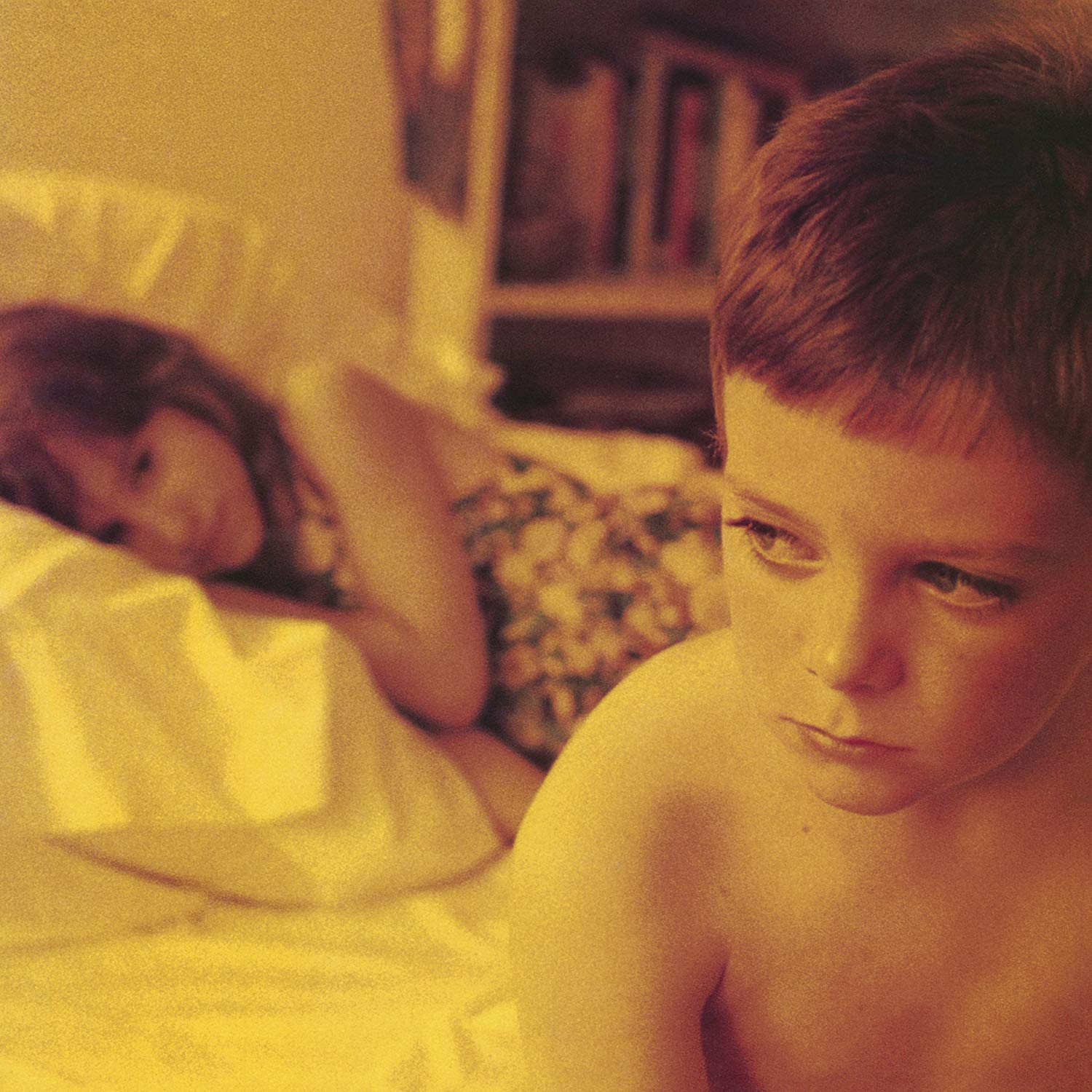
Thinking Back: My First Impactful Image
Somebody posted a question into one of countless Facebook groups to which I’ve subscribed. That question was what image had the biggest impact on you? I saw it early in the day on my phone and then went back later to answer the question and of course, as these things go, I couldn’t find the post again.
I will mention here (to prepare you) that several of the people in that post had shared some of the more famous war photographs of the 20th century; images showing intense violence and trauma. Murder and massacre. My image pick is quite possibly upsetting for some, but luckily nobody is being shot in the face.
What’s your first impactful image? That one image that stopped you in your tracks and forced you to rethink a few things? Do you know?
I thought that it would take a far bit of rummaging through my crusty old memory banks to come up with an answer, but the truth surprised me. I had my answer immediately without having to think about it at all. Huh.
In late 1993 the Afghan Whigs released their 3rd album, Gentlemen. It was their first major label release and my first introduction to their music. I related to their unique sound so strongly that in the very moment I heard them on my Alternative College Radio station I got into my car and drove straight to the local record store to pick it up. I was 20 years old at the time, and that record hit in a very formative time for me and has remained one of my all time favorites.

The record cover depicts two children in a bedroom sharing an atavistic moment so laden with intimacy and dejection as to appear entirely impossible, given their ages – yet so incredibly relatable to any adult fumbling their way through the joys of romantic entanglements, conflict resolution, and thwarted expectations.
Anachronistic personification at its best (and very possibly at its worst), and as a twenty year old man-child I was not quite sophisticated enough at the time to find myself horrified by the subtext. I was too busy being hit full in the heart with the sense longing and dissatisfaction so clearly portrayed in the position and bearing of the young subjects. I was amazed that the photographer was able to get this level of realism from his young models and I was distracted by the emotions that the image brought up in myself.
As the story goes, Linda Ronstadt was allegedly furious about the cover image, according to a biographic book written about the making of this album. As an adult looking back, I can’t blame her one bit. While art is art and there’s nothing explicit happening here, the evocations are definitely problematic. Which is, I think, the point.
In short, this image changed my life and absolutely defined how I would look at photography for the rest of my life. I just didn’t realize until this moment that photography had such power.
1993 was a different time, of course.
There was no Google. There was no Wikipedia. We did not have encyclopedic answers at our fingertips concerning any imaginable facet of study.
What I did not know at the time is that this image was an homage to Nan and Brian in Bed, New York City by Nan Goldin. A quite famous photo, it turns out, which was featured in her seminal collection The Ballad of Sexual Dependancy. A collection that I didn’t end up getting hip to until some time 20 years later.

“There is one thing the photograph must contain, the humanity of the moment.”